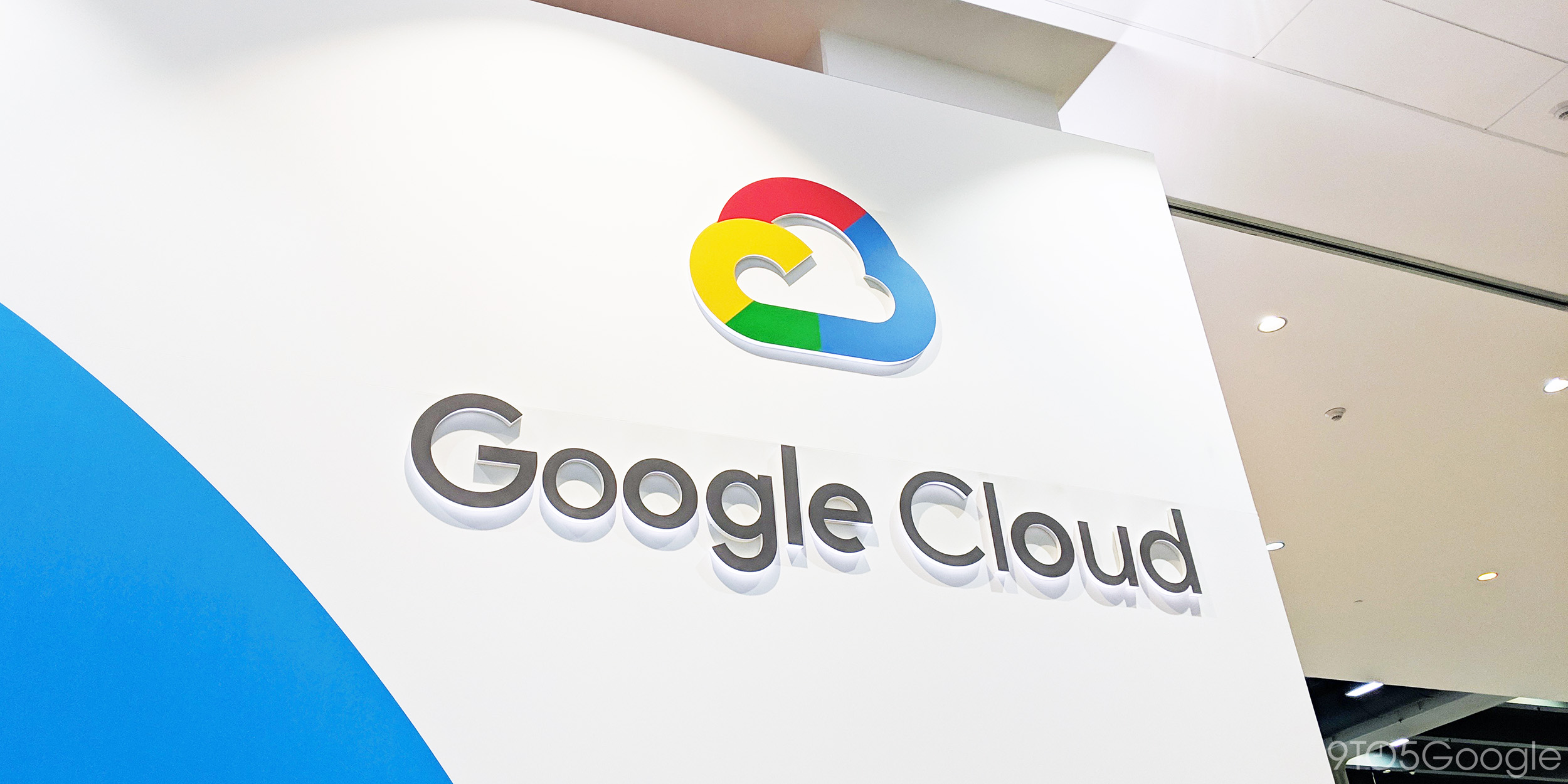
Google Stadia is inching every closer to release and the bigwigs at Alphabet are punting it as a literal game changer. So how does Stadia work? If you’re wondering what the deal with Stadia is, we’ll break it down to the basics for you.
At the most basic level, Google Stadia is a way for you to play triple-A, cutting-edge games without having to invest in a top-tier game console or hyper-expensive gaming PC. Google is promising 4K, 60 frames per second, highly-detailed video games for almost no hardware investment. How is this possible? To understand it all, we have to start by sticking our head in the clouds.
How Stadia works: It’s cloud computing, silly

Cloud computing is basically an approach to providing computational services over the internet. Your browser or local application doesn’t do much more than provide a window into a remote system, which does all the heavy lifting. You send it commands and information and it sends back the results. It’s how, for example, relatively slow mobile phones can do on-the-fly voice recognition.
In essence, Stadia is a cloud service dedicated to gaming.
The longest cables in the world
To understand, think of it this way. In your living room your console is directly connected to your TV by a cable. In turn, your controller is connected to the console either wirelessly or with a wire. For this exercise, let’s pretend it’s the latter.
The game runs on the console, which renders the game to your TV, you create inputs on the controller in response to what you see, which the console receives and then changes what happens on screen in response. This forms a continuous loop of input and output between you and the console.
All Stadia does, is take your console (hey!) and move it several hundred miles away. Using really, really long cables to hook up your TV and controller. As you might imagine, this doesn’t come without challenges.
Bandwidth and latency: The two big problems
Bandwidth is a measure of how much information you can squeeze down your connection at once. Stadia requires between 10 and 35 megabits per second, depending on which level of image quality you want. However, that’s perhaps not the biggest factor in how playable this approach is. The total time it take from where you press a button on the controller to where the imagery changes in response is critical. This is known as latency and it can be a problem in your own living room already! It’s the reason modern TVs have “game” modes, which strips away fancy image processing to reduce the time between receiving the image signal and displaying it. Even a relatively small amount of latency can make games that rely on twitch-reflexes harder to play.
With Stadia, Google has crafted some technological secret-sauce it claims has largely solved the latency issue. How well that works in the real world of internet fluctuations and outages is anyone’s guess right now, but Stadia is set to be in gamer hands soon.
But, why?
Why go to all this trouble? Why not simply stick to the traditional ways of gaming? It comes down to the barrier of entry. Gaming is an expensive hobby and AAA gaming in particular requires a substantial investment in hardware. Before buying any games!
Consoles like the PS4 Pro and Xbox One X have been the most “affordable” path to high-end gaming, but they aren’t cheap in absolute terms. In Google’s vision, Stadia makes playing a high-end game as simple as using Netflix. With the rise of gaming subscription services such as Xbox Game Pass, Stadia may be the other half of the puzzle that opens up hardcore gaming to the masses.
You’re reading 9to5Google — experts who break news about Google and its surrounding ecosystem, day after day. Be sure to check out our homepage for all the latest news, and follow 9to5Mac on Twitter, Facebook, and LinkedIn to stay in the loop. Don’t know where to start? Check out our exclusive stories, reviews, how-tos, and subscribe to our YouTube channel.
FTC: We use income earning auto affiliate links. More.


Comments